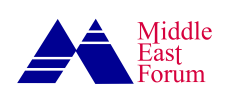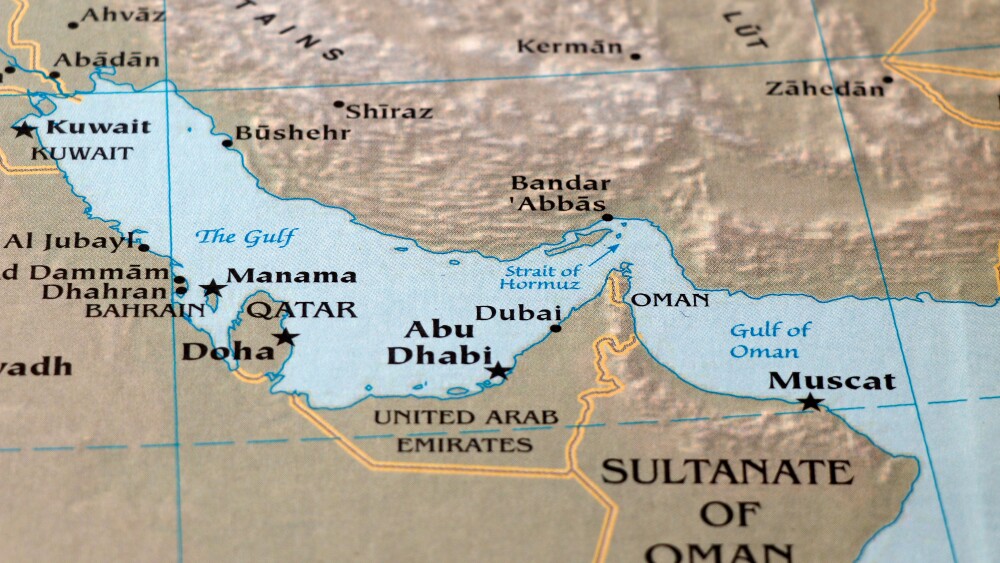Iran Closes Strait of Hormuz? Seize Kharg and Sink the Iranian Navy
Following the U.S. bombing of Iran’s three most fortified nuclear sites, the Iranian government swore revenge. The Iranian parliament voted to close the Strait of Hormuz.
However, this is more symbolic than real, given both that elected Iranian bodies have no power over security policy and that the Islamic Republic relies on the Strait of Hormuz both to export its oil and import much of its refined gasoline.
Still, the United States and its allies should counter any move to interfere with freedom of navigation and commerce across a major waterway, especially one in which its Arab allies depend for their commerce.
How Iran Must Be Punished: Take Kharg Island
The U.S. response should be overwhelming. First, it should seize Kharg Island. Most tankers cannot safely get into Iranian ports because the Persian Gulf is so shallow, and the Iranian side is very rocky.
Most tankers cannot safely get into Iranian ports because the Persian Gulf is so shallow, and the Iranian side is very rocky.
As a result, they load their supply from offshore terminals, the largest of which is the Kharg oil terminal on Kharg Island, 16 miles off the Iranian coast.
Iran exports approximately 90 percent of its crude oil through Kharg. Bombing Kharg will be counterproductive because if Supreme Leader Ali Khamenei falls and the Islamic Republic collapses, Iran will likely become a Western ally again; its new government will need Kharg to fuel Iran’s reconstruction and bring revenue to support the new government.
Occupying Kharg would strain the Islamic Republic financially, but preserve the infrastructure.
This idea is not new: During the Carter administration, it was the centerpiece of Admiral James Lyon’s plans to compel the release of the American hostages, although President Jimmy Carter ultimately vetoed the idea.
Strike the Navy
Continued Iranian aggression also merits a response against Iran’s two navies: the Islamic Revolutionary Guard Corps Navy patrols the Persian Gulf and the Strait of Hormuz.
It is responsible for both operations, such as the limpet mines its personnel attached to ships off the coast of the Emirati export facility at Khor Fakkan, and the interception of other tankers in international waters.
Occupying rather than bombing Kharg would strain the Islamic Republic financially, but preserve the infrastructure.
The Islamic Revolutionary Guard Corps Navy speedboats regularly harass shipping. It is now time to sink the speedboats and the piers upon which the Revolutionary Guards depend for their vessels and the smuggling upon which the organization depends far more than its official budget.
The regular Iranian navy projects power far beyond the range of its Islamic Revolutionary Guard Corps counterparts. Its submarines now ply the northern Indian Ocean, and its vessels, both official naval ships and cargo vessels operating on its behalf, support the Houthis.
The United States should issue an ultimatum: Either ships dock at key Indian Ocean ports and surrender to local authorities, or the United States will sink them. Iranians should not complain; after all, they once launched Operation Morvarid, a 1980 operation in which Iranian forces largely sank Iraq’s navy, an event that for Iraq was equivalent to the 1941 Japanese strike on Pearl Harbor.
Time to Limit the Damage
The United States must take care to limit damage to Iran itself for two reasons: First, the Iranian people are not an enemy, and second, the less damage Iran suffers, the easier it will be for the country to recover once Iranians throw off Khamenei and his fellow clerics.
Occupying Kharg, an isolated island of less than eight square miles, and targeting the Islamic Republic’s two navies would fulfill the objective of preventing any meaningful damage to Iranian territory while ensuring freedom of navigation.
If Khamenei challenges Trump to continue, Trump must deftly call his bluff.








